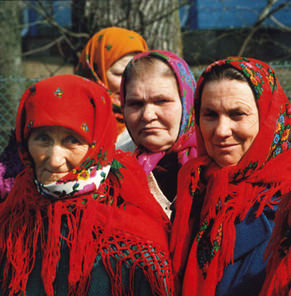Recent publications
The Information System on Occupational Exposure and the ISOE Occupational Exposure Database.
- Details
- Category: Articles
- Published: Thursday, 15 October 2009 22:10
AHIER B., D’ASCENZO L., SCHIEBER C.
In: 2009 International ISOE ALARA Symposium, Vienna, Austria, 13-15 October 2009, 5p.
Abstract
Since 1992, the Information System on Occupational Exposure (ISOE) has supported the optimization of worker doses in nuclear power plants worldwide. A prerequisite for applying the principle of optimization to occupational radiation protection is appropriate and timely exchange of data and information on dose reduction methods. To facilitate this global approach to work management, the OECD Nuclear Energy Agency (NEA) launched the ISOE programme in 1992 with the objective of providing a forum for radiation protection experts from utilities and national regulatory authorities to discuss, promote and coordinate international co-operative undertakings for the radiological protection of workers at nuclear power plants. Since 1993, the International Atomic Energy Agency (IAEA) has co-sponsored the ISOE Programme, thus allowing the participation of utilities and authorities from non-NEA member countries. Four ISOE Technical Centres (Europe, North America, Asia, and the IAEA) manage the programme’s day-to-day technical operation. The overall goal of ISOE is to improve the management of occupational exposures at nuclear power plants through the collection and analysis of occupational exposure data and trends, and through the exchange of lessons learned. A key aspect is the collection, recording and tracking of annual occupational exposure data from the ISOE participating utilities for trend analysis, benchmarking, comparative analysis and experience exchange amongst ISOE participants. The ISOE database includes information and data for 471 reactor units in 29 countries covering about 90% of the world’s operating commercial power reactors. As the world’s largest database on occupational exposure from nuclear power plants, the ISOE database provides an important resource for ISOE participants to perform benchmarking analyses and exposure trends at various levels. The database is available to participants on CD-ROM and through the web-based ISOE Network. This paper provides details on the products available through ISOE, including the types of data available through the ISOE database, and provides insight into their use for optimising radiation protection as part of daily occupational exposure management.
0904 A-1076

 CEPN is a non-profit organisation created in 1976 to establish a research and development centre in the fields of optimisation of radiological protection and comparison of health and environmental risks associated with energy systems.
CEPN is a non-profit organisation created in 1976 to establish a research and development centre in the fields of optimisation of radiological protection and comparison of health and environmental risks associated with energy systems.
